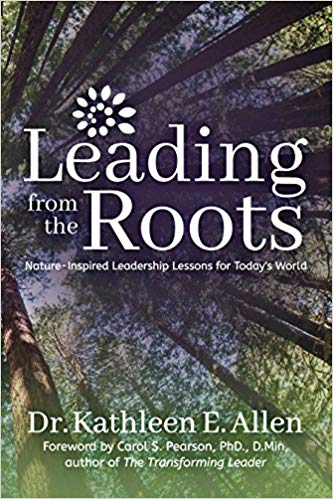American Vogue editor-in-chief Anna Wintour is probably one of the most powerful women in fashion and media. But despite her fame and influence, Wintour remains an enigma. Who is the woman behind the bobbed hair and dark sunglasses?
Fashion journalist, Amy Odell, whose book Tales from the Back Row: An Outsider’s View from Inside the Fashion Industry I reviewed last fall, also wanted to know more about the imposing and elusive Anna Wintour. And through incredibly thorough research and countless interviews, Odell delivers with Anna: The Biography.
Long before she became the editor-in-chief of Vogue, Anna Wintour was a young girl growing up in London. Her father was the editor of the newspaper, The Evening Standard so media was in Wintour’s blood. She also had a mad passion for fashion. Wintour just knew she had to combine fashion and media and make both her vocation.
Wintour moved to New York City when she was in her early twenties. She first worked at Harper’s Bazaar. She then procured jobs at magazines that are now defunct, including Viva, a Playgirl-like magazine that was found by Bob Guccione, Yes, the guy who gave us the nudie magazine Penthouse. Yes, Wintour worked on fashion layouts in a magazine that featured dicks. And after a briefly editing the British version of Vogue, Wintour was tapped to take over the American version of Vogue (and pushing out the sitting editor-in-chief of Vogue, Grace Mirabella).
Wintour’s first issue of Vogue was quite revolutionary when it comes to its cover in November of 1988. It featured model Michaela Bercu wearing a Christian Lacroix jacket with a pair of stonewashed denim jeans. Now a days, many fashionista combine high and low fashion, and designer streetwear featuring $1,000 hoodies is quite common. But nearly 35 years ago, this look was quite shocking. Readers knew Wintour would transform America’s fashion bible in many ways.
With Vogue, Wintour brought on two fashion icons, Grace Coddington and the late Andre Leon Talley. Vogue featured the top super models of the day, Naomi, Cindy, Linda, Christy (no last names needed). And later Vogue started using celebrities as cover models, something that is still a mainstay at Vogue. Vogue was simply the magazine to read for those in the fashion industry and its wannabes.
But things weren’t always rosy at Vogue with Wintour at the helm. Under Wintour’s helm, Vogue was often seen as too out of touch, and there was often accusations of racism within its ranks. A lot of people weren’t too happy with Wintour’s love of fur and featuring fur within the pages of Vogue. And to work at Vogue, one usually had to be tall, thin, rich, white, and come for the right family. Heck, Wintour even wanted Oprah to lose 20 pounds before she could be on the cover of Vogue-yes, Oprah!
During Wintour’s reign at Vogue, she’s gotten the reputation of being a bitchy ice queen, which seemed to be even more apparent with the release of the novel The Devil Wears Prada written by her former assistant, Lauren Weisberger. And of course, we can’t forge the delicious movie based on the novel which featured Meryl Streep as the Anna Wintour inspired Miranda Priestly. If Wintour was hurt by this book and the movie, she really doesn’t show it. She has much better things to do.
Another feather in Wintour’s couture cap is the Met Gala, which she transformed from a charity event to a major fashion event and showcase of celebrity, glamour, and opulence. For the uninitiated, The Meta Gala raised funds for the Metropolitan Museum of Art’s Costume Institute in New York City.
Anna: The Biography also covers a personal side of Anna Wintour, including her marriages relationships and subsequent divorces and breakups, and her devotion to her two children, Charles and Katherine (nicknamed Bee). Wintour is now a doting grandmother and even changes diapers. Hopefully, she’s not getting poop on the Prada.
I loved Anna: The Biography. Those looking for a lot of gossip and bitchery will probably be disappointed. Odell humanizes Anna Wintour, showing the good and the bad. Anna: The Biography is a fascinating read and one I think fashionistas and anyone interested in mysterious, yet powerful public figures will probably love.










